Exploring green infrastructure as an ESG strategy

Anna Zakrisson
CSO at iimpcoll
2023-08-11
7 min
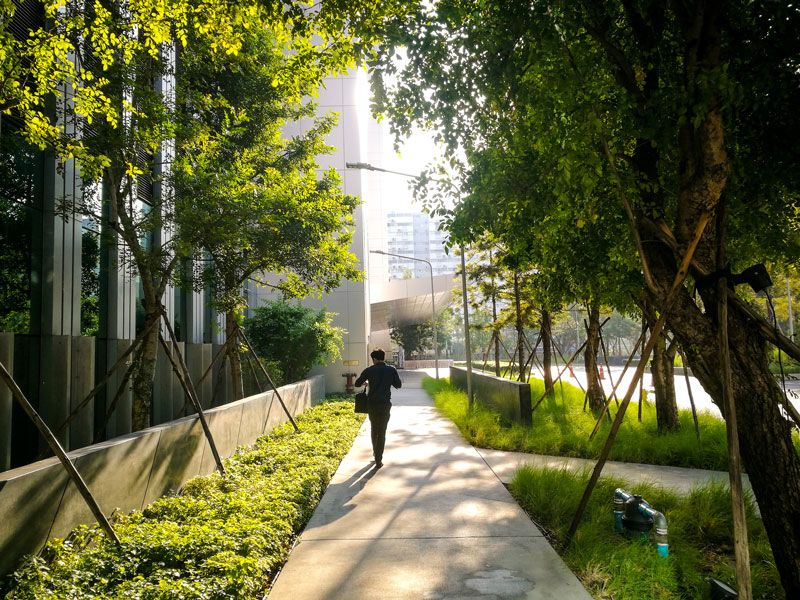
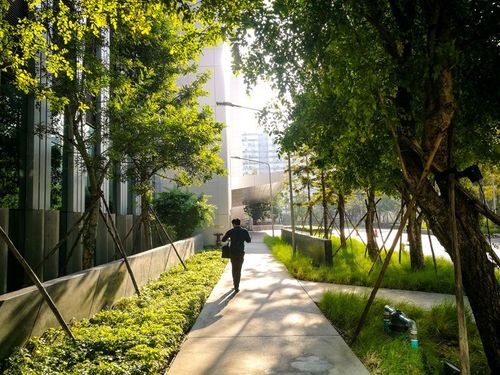
Green infrastructure is a proven tool for delivering ecological, economic, and social benefits through natural solutions. It also promotes cost-effective, durable alternatives to expensive grey infrastructure.
There are many ways green infrastructure solutions can be part of your ESG work. Green walls – climbing plants can provide building cooling, shade, biodiversity, and a better workplace.
Rebuilding your office? Why not consider a green roof as part of your stormwater management plan?
Do you have green areas outside the office? Set aside areas where local flora can bloom and support the local bee populations.
Maybe you can even grow food on your roof in collaboration with local social organizations! The first step is to understand the concept of green infrastructure and the corresponding ecological, societal, and financial benefits.
What is Green Infrastructure, and why do we need it?
Green Infrastructure refers to a vegetative infrastructure system that enhances the natural environment directly or indirectly. It comprises green spaces and water systems that deliver environmental, economic, and social benefits for sustainable urban development.
Green Infrastructure includes, for example, green roofs, living walls, parks, reserves, backyards, gardens, waterways, wetlands, streets, transport corridors, pathways, green corridors, sports fields (such as golf courses), squares, plazas, and even cemeteries.
Green Infrastructure offers vital ecosystem services that aid urban sustainability and resilience. It provides ecological, economic, and social benefits through natural solutions while reducing reliance on costly grey infrastructure. Nature often offers more affordable and durable alternatives.
Green Infrastructure is based on the principle of integrating nature and natural processes into spatial planning and territorial development. Compared to single-purpose, grey infrastructure, such as grey underground stormwater pipes with only one purpose: transporting stormwater away from the site, GI is a bit like a Swiss army knife with many benefits. One example is a green roof which can provide cooling, water retention, reduction in at-grade stormwater flows, increased biodiversity, and much more.
GI can often offer an alternative, or be a complement to standard grey solutions.
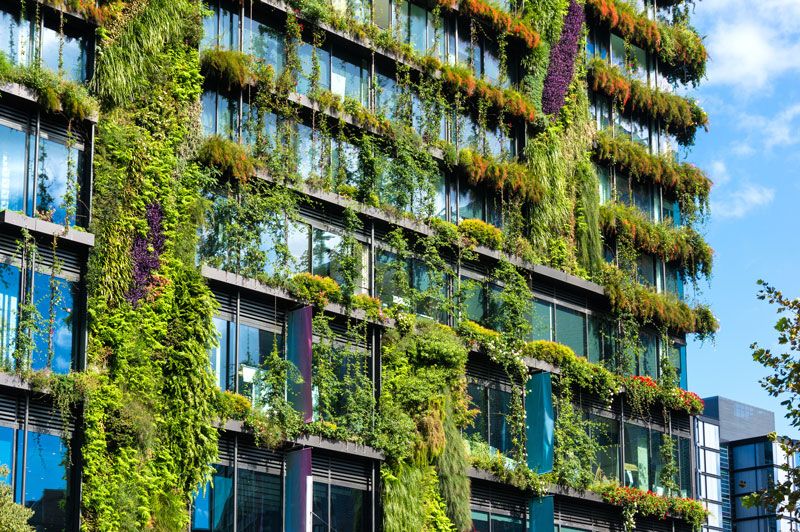
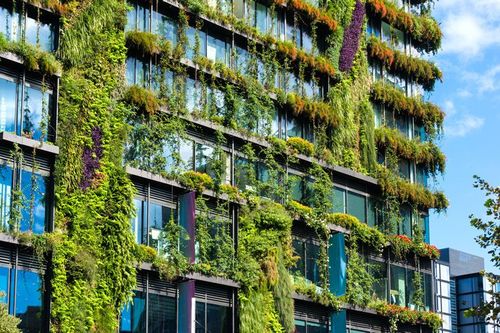
Benefits of green infrastructure
Green infrastructure benefits cover multiple areas. These include stormwater management, climate adaptation, mitigating urban heat island effects, enhancing biodiversity, carbon sequestration, improving air quality, and enhancing water quality.
GI solutions are important in urban areas, where over 60% of the EU population resides. They offer health benefits like clean air and improved water quality. Moreover, studies have shown that GI helps reduce the spread of vector-borne diseases.
Implementing Green Infrastructure in cities fosters community, strengthens connections with civil society, and combats social exclusion and isolation. GI benefits individuals and communities physically, psychologically, emotionally, and socio-economically. It also creates opportunities to connect urban and rural areas and provides attractive living and working spaces.
A green workspace is also beneficial when attracting talent!
Additionally, GI addresses the disconnection between food production and consumption through urban food production and community gardens. These easily engage young people, serving as valuable educational tools.
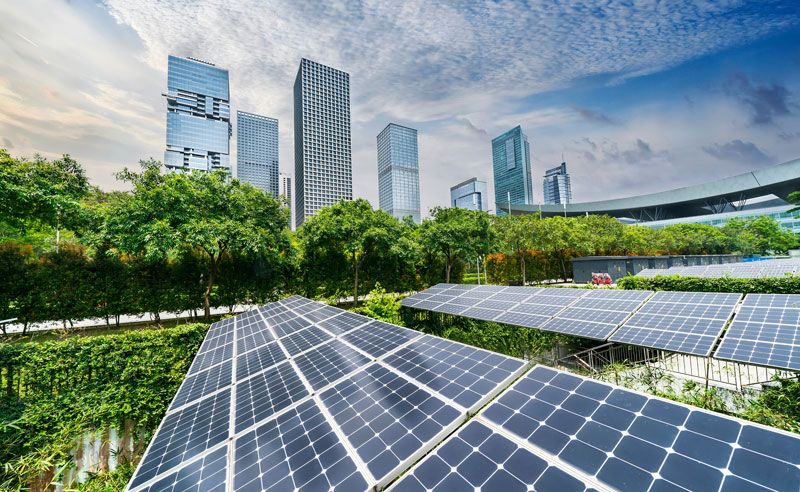
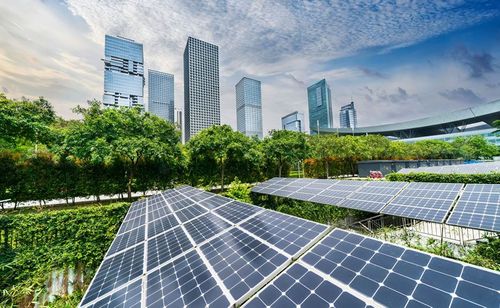
Combining solutions! A green roof can be used as ballast for a photovoltaic system thus avoiding drilling and penetration of the roof membrane. The green roof can also cool the panels and increase their efficiency.
Green infrastructure and employee well-being and performance
Several studies have reported significant increases in employee well-being and business sales after targeted green infrastructure implementation.
Providing accessible green spaces in office settings improved morale, team interaction, and workplace satisfaction among staff members. Increased access to GI also helped staff managers improve the uptake of company environmental policies, such as energy saving and recycling. Furthermore, increased greening improved self-reported workplace happiness.
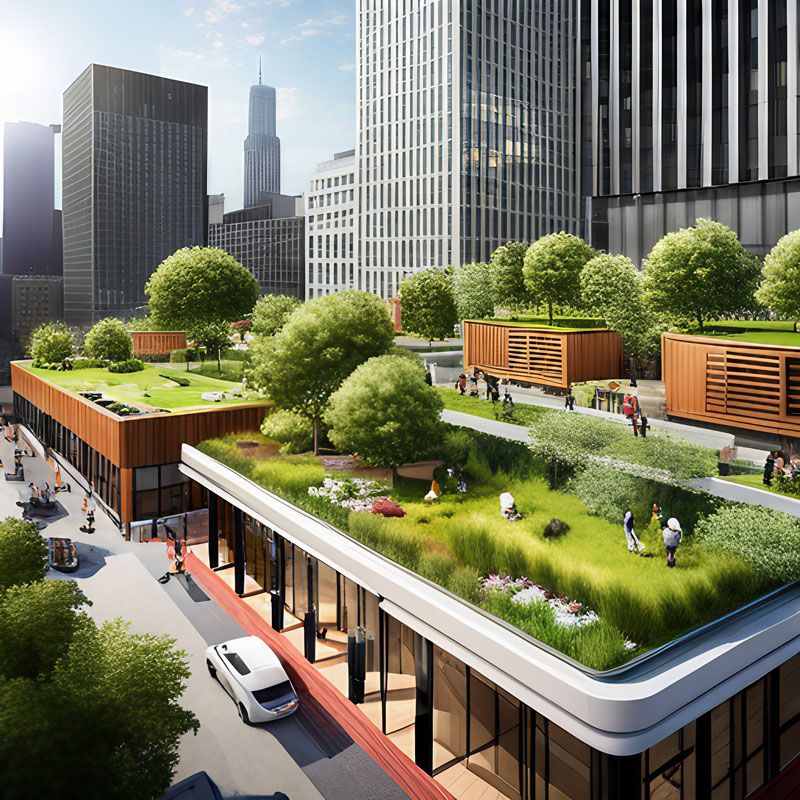
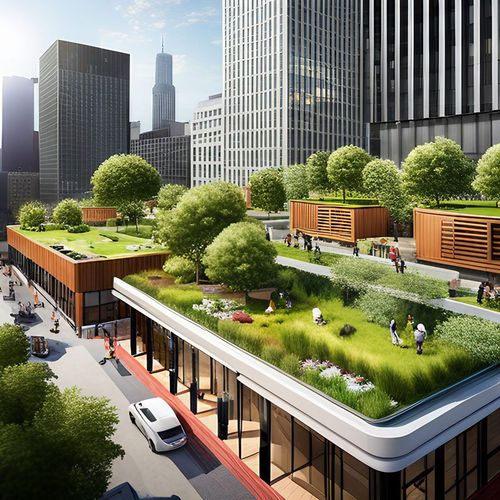
Green infrastructure can capture carbon and increase biodiversity
Green infrastructure is crucial for reducing the carbon footprint of transportation and energy provision. It also helps mitigate the adverse effects of land uptake and fragmentation while integrating land use, ecosystem, and biodiversity concerns into policy and planning.
The EU Directive on the energy performance of buildings promotes the use of new materials and design features in construction. This helps to reduce GHG emissions in the sector. Green roofs and walls are examples of GI solutions that indirectly can minimize emissions. Installations often lead to less energy for heating and cooling and offer additional benefits like water retention, air purification, and biodiversity enrichment .


The urban heat island effect is a major issue for urban regions and green infrastructure can help.
Electricity savings using green infrastructure solutions
Using nature instead of air conditioning can save money. Absence of vegetation and increased energy absorption from the sun by dark asphalted or concrete surfaces make inner city areas warmer than their surroundings. This phenomenon called the urban heat island effect, can have severe consequences during heat waves especially for vulnerable groups like the chronically ill or elderly.
Natural plant evaporation cools very efficiently, is passive and has low maintenance. As a comparison: using electricity to evaporate water to generate the same cooling effect would amount to approximately EUR 500,000 per hectare during summer. Hence, working with nature instead of against it can effectively mitigate the urban heat island effect.
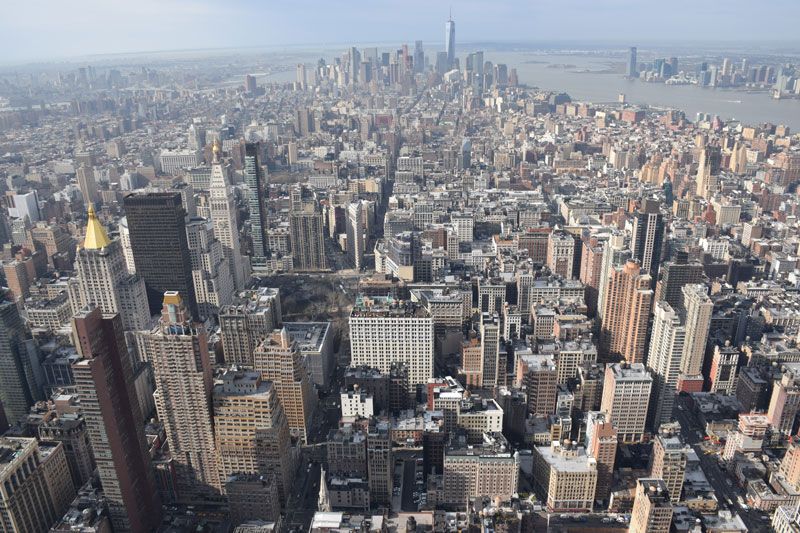
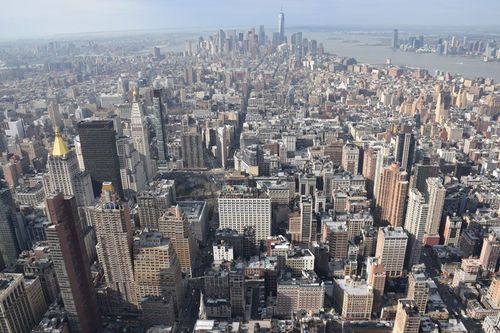
So many unutilized roofs in a highly valued real estate area. Green infrastructure can improve living conditions and also generate an ROI.
EU policies for green infrastructure
The EU Green Infrastructure Strategy aims to preserve, restore, and enhance green infrastructure. It aims to stop biodiversity loss and enable ecosystems to deliver services. The EU Biodiversity Strategy for 2030 promotes investments in green and blue infrastructure. It also encourages the integration of healthy ecosystems, green infrastructure, and nature-based solutions into urban planning.
Due to the multitude of positive effects of green infrastructure in the built environment, many countries and regions offer tax abatements and other types of incentives to build green roofs. These incentives can be significant and largely cover the initial investment.
Contact iimpcoll at contact@iimpcoll.com to learn more about possibilities and options for your business!
We have long experience in green infrastructure solutions also with consultants certified for sustainable buildings (DGNB).